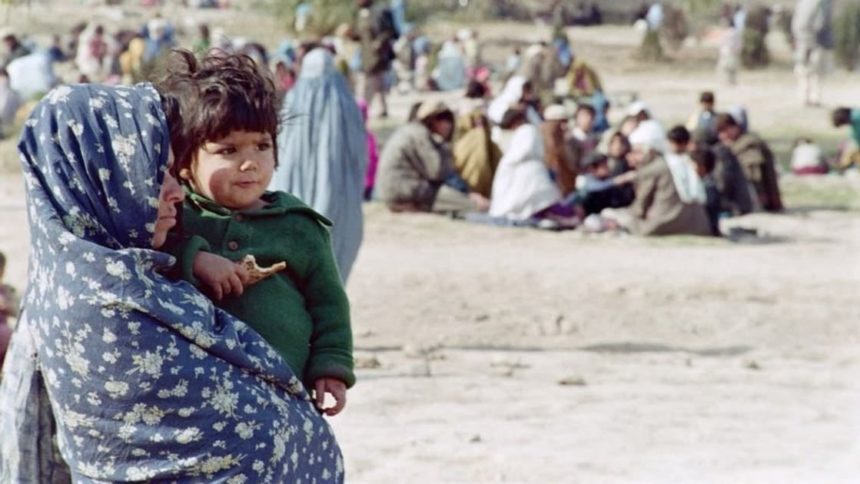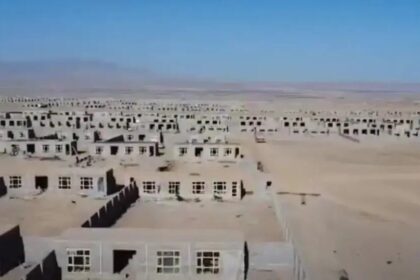RASC News Agency: The arid expanse of Barhout amidst the eastern mountains of Afghanistan is now brimming with hundreds of thousands. Some inhabit tents, while others carve out an existence in the open space, surrounded by an array of belongings forcibly transported from neighboring Pakistan. The expansive encampment of individuals returning through the Torkham border crossing represents the latest facet of the protracted and harrowing quest of Afghanistanis for a stable home. Over 40 years of war, violence, and poverty have given rise to one of the most deeply entrenched displaced populations globally. Approximately six million Afghanistanis are refugees abroad, with an additional 3.5 million internally displaced due to war, earthquakes, drought, or diminishing resources forcing them from their homes.
Over the months, a photojournalist from The Associated Press traversed Afghanistan, from its eastern border with Pakistan to the western border with Iran, acquainting himself with returnees and refugees and capturing their images. Afghanistan is presently an impoverished country, particularly after the economic collapse in the past two years following the Taliban’s takeover. Over 28 million people, constituting two-thirds of the population, rely on international aid for survival. Among the displaced, the refugees are the most destitute. Many reside in camps across the country and are unable to secure sufficient food or fuel for warmth in winter. Women and children often resort to begging, while some marry off their underage daughters to families willing to pay them.
In a camp for internal refugees outside Kabul, it was Shamila’s 15th birthday on her wedding day. Adorned in vibrant red attire, she stood among female relatives who congratulated her. Yet, she was an unfortunate girl. Shamila expressed, “I have no choice. If I refuse, my family will suffer.” The groom’s family compensates her father to cover the debts he incurs for the expenses of her husband and children. Shamila added, “I wanted to study and work; I had to go to school. I must forsake all my dreams to at least aid my father and family a little and perhaps alleviate the burden off their shoulders.”
Pakistan’s decision to expel illegally entered Afghanistanis has exacted a heavy toll. Many Afghanistanis have resided in Pakistan for decades, compelled to leave due to successive wars inside Pakistan. When this directive was announced, hundreds of thousands feared detention and fled to Afghanistan. They contend that Pakistani authorities often obstructed them from taking anything with them. Their initial stop was the Torkham camp, where they might spend days or weeks before being transferred to another camp. With little food to shield them from the mountain’s cold, many are ailing in the camp.
In a corner of the camp at the foot of a mountain, 55-year-old Farooq Sediq sat amid some of his belongings while his wife and children sat on the ground. He mentioned living in Peshawar, Pakistan, for 30 years and owning a home there. Now they had nothing, not even a tent, and had slept on the ground for the past eight nights. He said, “I have nothing in Afghanistan, no home, no place to live, no money to buy a home.” He aspires to settle somewhere in Afghanistan and obtain a visa from Pakistan to sell his home there to help his family. Every month, thousands cross into Iran near the nearby Zaranj border. This is a hazardous route in the darkness of night, climbing ladders over the border wall with the assistance of smugglers and leaping down on the other side.
Mostly young men aged 12 to 20 use this route with the intention of working in Iran and sending money back to their families. Many are apprehended by Iranian border guards and repatriated. It is noteworthy that since the Taliban seized power in Afghanistan, the challenges faced by the country’s citizens have escalated with each passing day.






